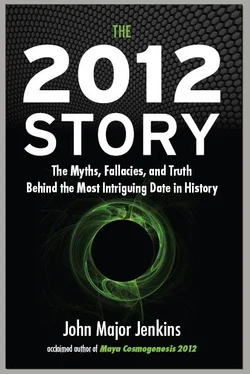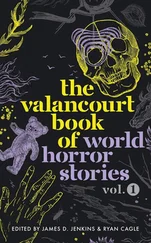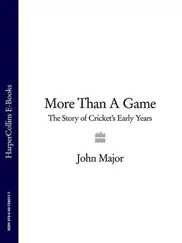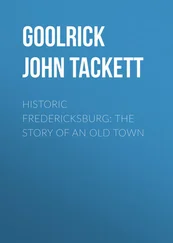Meanwhile, respected scholars from the era of modern decipherment sometimes let their own quasiracist views escape into the open, betraying a bias that could hinder interpretation as much as any Atlantean fantasy. For example, Maya scholar and linguist Richard Long wrote in the 1930s that writing marked the difference between civilization and barbarism, and American Indians did not write grammatically correct sentences and therefore had not attained civilization. 19Long used an academic opinion about grammatically correct writing being the defining hallmark of civilization as a foil for his racism. Michael Coe called this for what it was, saying that Long’s intolerance was rooted in an “underlying agenda… his unwillingness to grant the brown-skinned Maya a culture as complex as that of Europe, China, or the Near East.” 20
The 1880s did see the arrival of more serious explorations at Maya sites. The transition is nicely symbolized in the encounter, at the remote jungle city of Yaxchilán, between English photographer and researcher Alfred Maudslay and French adventurer Désiré Charnay. Maudslay was as honorable and unprepossessing as Stephens. His work was patient and thorough. Born in 1850 and educated as a gentleman at Cambridge, he took to traveling and became British counsel in Samoa in 1878. He went to the Americas and oversaw the operations of a gold mine in Mexico and then a fruit orchard in California, where he met his future wife. Having read Stephens, Maudslay realized that a complete record of the hieroglyphic inscriptions at all the major sites had yet to be undertaken. So he did just this, funding his seven trips to Quiriguá, Copán, Palenque, Yaxchilán, Chichén Itzá, and lesser-known sites.
In March of 1882 Alfred Maudslay established camp at Yaxchilán, shortly after encountering a band of Lacandon Indians. As Charnay’s boat approached the shore he could see the displeasure in Charnay’s face. But Maudslay graciously defused the tension, saying, “It’s all right, there is no reason why you should look so distressed. My having the start of you was a mere chance, as it would have been a mere chance had it been the other way around. You need have no fear on my account for I am only an amateur, traveling for pleasure… you can name the town, claim to have discovered it, do as you please.” 21
While in Guatemala Maudslay met an American doctor named Gustav Eisen who was intrigued with the carvings and strange hieroglyphs Maudslay was documenting. Men of learning were of course aware of the Egyptian hieroglyphs and efforts to decipher the lost languages of the Middle East. The Rosetta Stone became a catchphrase, and its ingenious decoder, Jean-François Champollion, was a much-noted celebrity. Could something similar be possible for the lost cultures of eastern Mexico and Guatemala, which were now being referred to as “the Maya” civilization?
Maudslay’s photographs provided a rich corpus of material for Eisen to analyze, who had an advantage over other researchers because he had a hotline to Maudslay’s work. A friendly correspondence and exchange of materials between the two over the next several years led Maudslay to attempt to visit Eisen when he passed through San Francisco in 1893. By that time, however, Eisen had relinquished the task of decipherment, believing it to be hopeless, to an acquaintance named Joseph Goodman. As fate would have it, influenza delayed Maudslay’s departure to the Orient as he passed through San Francisco in 1893, so he called on Eisen. Finding him out of town, he was instead put in contact with Goodman, who impressed him with his knowledge of the ancient calendrical system and the glyphs. The pieces of the hieroglyphic puzzle were starting to fall into place.
Goodman was born in 1838 on the East Coast, and by age twenty-three became the editor and owner of the Territorial Enterprise newspaper in Virginia City, Nevada Territory. The essays and poetry he wrote earned him some notice. A patriotic homage to Abe Lincoln was widely quoted, and the “Sagebrush” literary genre born in the pages of his progressive and entertaining newspaper anticipated the Bohemian set that Ambrose Bierce, George Sterling, and Jack London defined, a fin de siècle San Francisco phenomenon that was echoed a half-century later by the Beat writers. Goodman had made a fortune on his Comstock Lode mining investments, and in 1862 he gave a young writer named Samuel Clemens—later Mark Twain—his first job. They remained friends for life. He bought a raisin farm, moved to San Francisco, and was leading a comfortable life when he took up his Maya studies in the early 1880s.
It was a chance meeting with Dr. Eisen in 1882 that led Goodman right to the best source material for studying the glyphs—Maudslay’s high-quality photographs that Eisen had secured copies of. Maudslay did great fieldwork but made little effort to interpret and decipher the corpus of glyphs he was documenting. Maudslay recognized the pioneering nature of Goodman’s work on deciphering the Maya script and invited him to contribute an appendix to the multivolume work he was preparing for the Peabody Museum. This was a boon for an independent researcher like Goodman, and it forced professional scholars to take seriously his analysis. His contribution, called The Archaic Maya Inscriptions, appeared in 1897 as Volume 5 of Maudslay’s Biologia Centrali-Americana .
When I was researching my book on the Maya Venus Calendar, it was essential to have the correct correlation. I studied the literature on the topic, weighed and tested the issues involved, and read of Goodman. I became interested in his efforts, much like my own, as an independent investigator trying to push back the fringes of scholarly consensus.
I wanted to see for myself Goodman’s appendix to Maudslay’s opus. The only place that had it was the rare-book archive up at CSU in Fort Collins. I called ahead and made the appointment. It took about an hour to drive to Fort Collins, and soon the book was placed in front of me. Goodman’s “appendix” was in truth a full-scale book, more than two hundred pages of text, charts, graphs, tables, and illustrations. I read it through and took notes. He graciously included Eisen as a companion in his ongoing study of the mysterious glyphs, developing his own conviction that the glyphs were strictly numerical and calendrical. He believed to the end of his life that they had little to do with mythology or astronomy, writing that “the Maya calendars, like all modern scientific creations, were godless affairs.” 22This limiting bias perhaps prevented Goodman from seeing a larger field of operation for the glyphs, namely astronomy, that we now know is there to be seen. Maya writing is also deeply involved with mythology, religion, history, and mathematical computation.
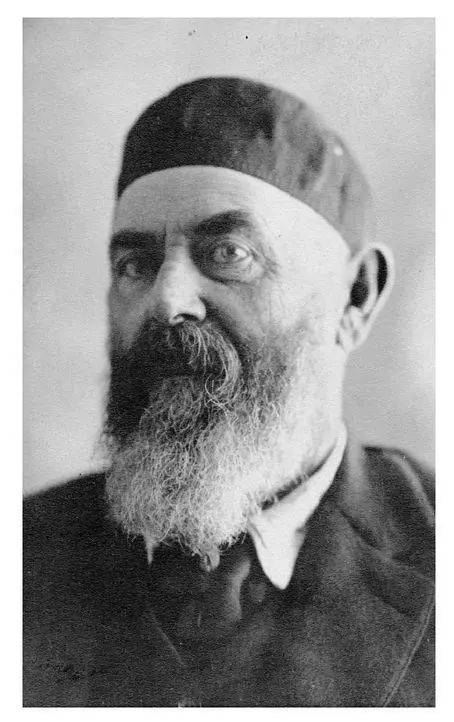
Joseph T. Goodman, independent Maya researcher.
The Long Count calendar is intimately involved in these disciplines, and was used on hundreds of carved monuments and ceramic vessels for almost a thousand years (from roughly 36 BC to 909 AD). Mathematically, it is a system of counting days that uses five place values: the Kin (1 day), the Uinal (20 days), the Tun (360 days), the Katun (7,200 days), and the Baktun (144,000 days). A Long Count date begins with the Baktuns on the left. For example, the date 9.16.4.1.1 indicates that 9 Baktuns, 16 Katuns, 4 Tuns, 1 Uinal, and 1 Kin (day) have elapsed since the “zero date,” written 0.0.0.0.0. The following sequential list of dates helps to understand how the Long Count toggles forward as days are counted:
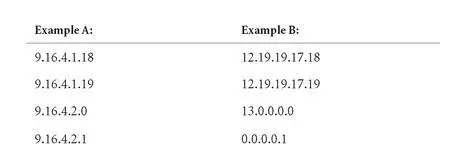
Almost every place value level in the Long Count uses a base-20 system (toggles to zero when reaching 20). Notice, however, that the Uinal level (second from the right) contains 360 days and therefore toggles to zero when it reaches 18. Likewise, the 13-Baktun cycle can be thought of as toggling back to zero when 13 Baktuns are completed.
Читать дальше
